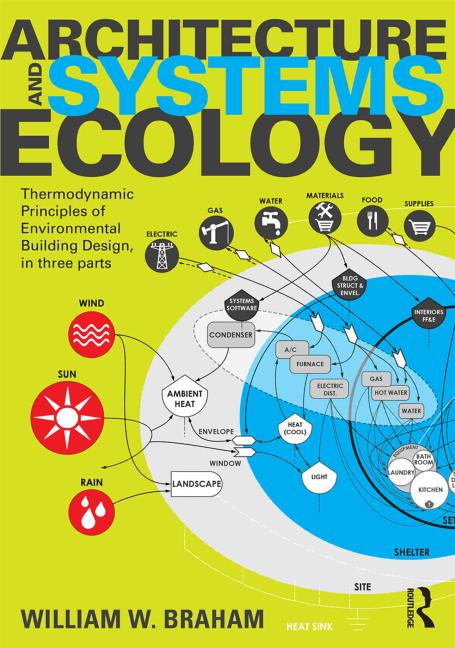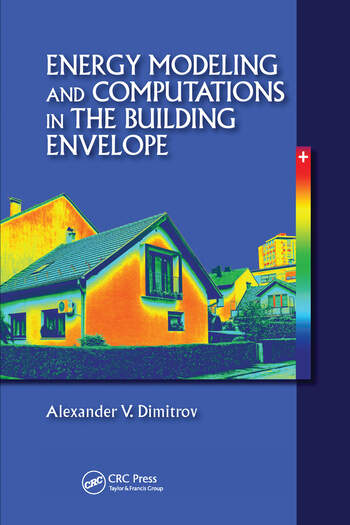RESNET Releases 2022 Statistical Abstract “Trends in HERS Rated Homes"

Each year more than one-fifth of all new homes built in the U.S. are rated for their energy efficiency using the Residential Energy Services Network’s (RESNET) Home Energy Rating System (HERS®) Index.
Developed by the Residential Energy Services Network, or RESNET, a HERS Index Score is available only via certified RESNET Energy Raters. Based on several variables that affect the energy efficiency of a home, including exterior walls, attic, windows and doors, heating and cooling systems, ductwork, water heating systems, lighting, and appliances, the HERS Index Score tells homeowners and prospective buyers how their homes compare to other similar homes in terms of energy usage.
Each year RESNET conducts a look at the trends across all homes that have received a HERS rating. RESNET has released its statistical abstract of homes that were HERS rated in 2021, in the “Trends in HERS Rated Homes – A Statistical Abstract 2022”.
The report first looks at broad national-level trends in the number of HERS ratings and average index scores. Next, the report covers state-level trends, including the total number of HERS ratings in each state and the percentage of new homes that received a HERS Rating. After the state-level data, the report looks into trends of HERS ratings in cities, including the top 25 cities for single-family and multi-family ratings.
The remainder of the report focuses on individual trends across HERS ratings, including a breakdown of the basic characteristics of rated homes and individual building components. A variety of building envelope components are covered as well as air leakage rates, equipment efficiencies and the use of solar on HERS-rated homes.
In 2021, HERS Raters rated more than 313,000 homes. This represents a 4 percent increase over the number of ratings in 2020 and marks the ninth straight year-over-year increase in HERS ratings. The average HERS Index in 2021 was a 58, representing a 42 percent improvement in efficiency over a home built in 2006. Since 2013, the average HERS index score has decreased by five points. Seventy-six percent of all homes rated last year were one- and two-family dwellings and 24 percent were multifamily units.
As a national aggregate, the average single-family HERS Rated home had the following basic characteristics in 2021:
• HERS Index Score: 58
• Number of bedrooms: 3.7
• Conditioned floor area: 2,703 ft2
• Annual energy cost: $1,630
• Annual energy cost savings: $795
The average multi-family dwelling unit had these basic characteristics in 2021:
• HERS Index Score: 58
• Number of bedrooms: 2.2
• Conditioned floor area: 1,385 ft2
• Annual energy cost: $1,058
• Annual energy cost savings: $503
The report was developed by Ryan Meres, RESNET Programs Director, on behalf of RESNET’s Suppliers Advisory Board.
To download the report click on 2022 Trends in HERS Rated Homes
Looking for a reprint of this article?
From high-res PDFs to custom plaques, order your copy today!








